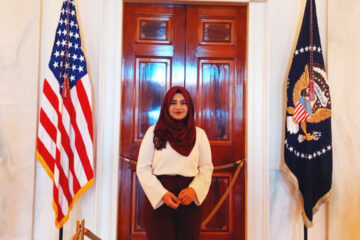So, here’s the thing. I used to wonder why anyone would bother about the subject of “safe spaces” for young people? In the first place, and why would a young person see the need to hang out in these safe spaces?
Well, that was before I became a youth development practitioner. The importance of safe spaces for young people in the 21st century cannot be over-emphasized, due in part to the results that have been recorded from experiments carried out by examining the outcome(s) of young people who experienced safe spaces against those who did not.
A Safe Space functions as a break between school and home, and to be honest, it is a break from school and home. They are safe and healthy, and offer secure environments where young people get to meet their peers from other communities and schools. They get to pan out and relax, watch television, play board games, undertake and explore life lessons that don’t necessarily get covered in school. Simply put, safe spaces are crucial because they are friendly.
The Positive Youth Development framework as adopted by the United States Agency for International Development (USAID) reinforces that safe spaces are crucial for development outcomes of young people globally. According to USAID, PYD engages youth along with their families, communities and/or governments, so that youth are empowered to reach their full potential. PYD approaches build assets and competencies, foster healthy relationships, strengthen the environment, and transform systems.
Now, here’s what I tell young people when I advocate for them to get involved in my safe space project, Discovery Hub in Nigeria. I make it clear to them that it is a place where they are not judged. A place where nobody looks at them and says denigrating stuff like, “young people of today”. Furthermore, the volunteers are utterly respectful. They are not shunned or anything, and lastly they are encouraged to have proper conversations with each other using empathy as the guiding principle.
In a nutshell, the reason for safe spaces is to create places where young people can have their say, enjoy a home away from home and school away from school. They are also fun, safe, affordable and welcoming environments for young people to spend time and explore opportunities for social and personal development. To break it down further, here’s my take on the highlighted text above:
- SAFE means indoor, alcohol and drug free environment
- AFFORDABLE means facilities and services are free wherever possible and at pocket money prices where charges are necessary.
- WELCOMING means inclusive for all young people, ideally between the ages of 13 – 19.




